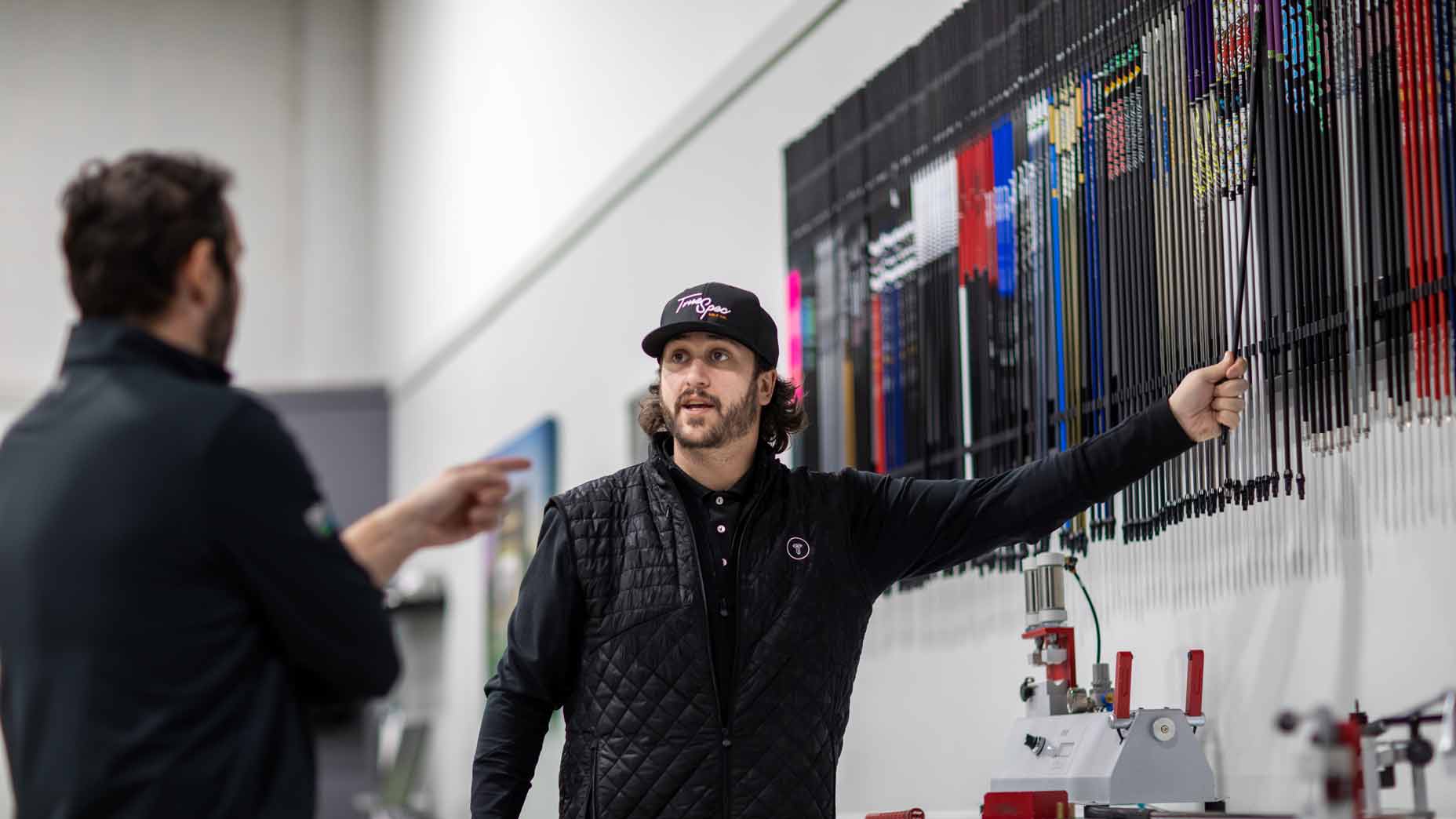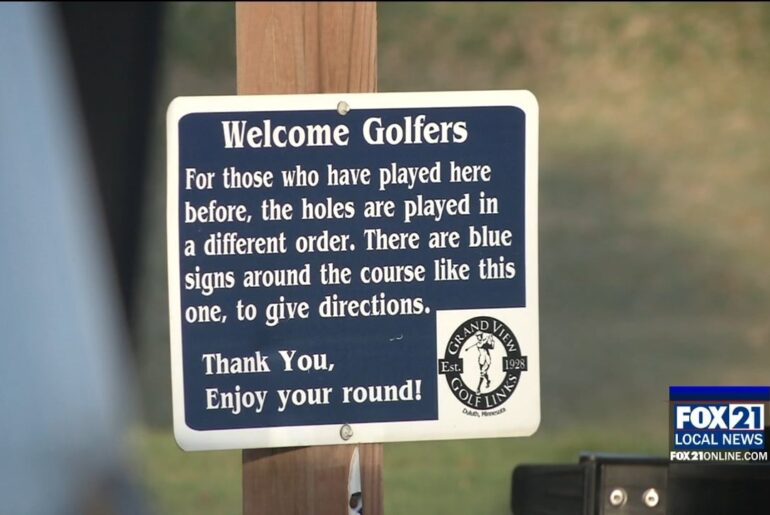The golf shaft is probably one of the most important components of a golf club, yet there are still players today who try to downplay its role in a club’s performance and tendencies.
I’m not saying it’s more important than the club head itself, but you must understand the role of each and how the club head and shaft work together. Just like a high-performance car, you have the speed and power in the engine (the club head), but you’ll go nowhere without the proper transmission (shaft) to manage it.
When looking at the shaft, it’s typically broken down into three separate areas: the tip, mid and butt sections. Understanding the role of each and how that translates to the player is probably one of the most important jobs of your club fitter, like us here at True Spec Golf.
What are shaft flex profiles?
The reason this can be tough for players to try and figure out on their own is that we all respond to these flex profiles differently. Three players with the same shaft could get three completely different results.
The good thing is that manufacturers openly display this information for the consumer and some have even simplified it for the everyday golfer to understand. Each section of the shaft will get labeled with a term representing the feel, like Soft, Stiff or Firm, and this gives the player an understanding of how that section of the shaft should feel during the swing. It also lets fitters understand how it should react.
Examples of different shaft profiles
Diamana WB: Butt = Firm / Mid = Firm+ / Tip = Med+
Diamana BB: Butt = Med+ / Mid = Med+ / Tip = Med
Diamana RB: Butt = Med / Mid = Med / Tip = Soft
Some manufacturers have simplified it even more and give the shaft a launch and spin designation like “Low Launch/Low Spin,” or “Mid Launch/Mid-High Launch.” These can be useful in just trying to understand what the shaft profiles are intending to do, but trying to match performance with these parameters alone can be discouraging and expensive. Like I mentioned, three different players could yield three different launch characteristics from the same shaft.
There are also more in-depth methods like an E.I. Profile Chart, which will show the actual progression of the shaft from butt to tip end. That is extremely useful for fitters to better understand how the shaft will match up with your swing dynamics. It’s also a useful tool for comparing various shafts side by side.

Mitsubishi Chemical Diamana BB Wood Shaft
The Diamana BB (Blue Board) is the second profile in the latest generation of Diamana shafts. It features the traditional branding that made Diamana popular, including a return to the original 53/63/73/83 weight class designations. This shaft incorporates advanced engineering and material innovation, making it a top choice on tour.
Key Features:
Maximum Energy Transfer: Utilizes super high-modulus 80-Ton Dialead Pitch Fiber in the butt section.
Greater Stability: Employs high modulus 46-ton fiber in the shaft’s angle plies to lower torque.
Enhanced Feel and Durability: Mitsubishi’s proprietary Xlink Tech system increases the overall strength and durability of the shaft while enhancing carbon fiber volume for a superior feel.
View Product
Now, what do these different sections mean and what role do they play?
Here’s a simple breakdown of each and where you may “feel” it in the swing and their intended results.
BUTT-SECTION: This section is often used to manipulate the initial feel of the shaft, specifically in the transition at the top of the swing and through impact. Players who create a ton of force and speed may gravitate toward a stiffer butt section that feels more stable and offers more control. Whereas players with a smoother tempo may like something that’s softer to help them create more speed and a smoother feel through impact.
MID-SECTION: The mid-section can help manipulate the overall feel of the shaft throughout the swing and works to promote or reduce launch. Some of your faster players may want to minimize that “loading” sensation and have a more stable one-piece feel. Where players with a smoother tempo or slower speed may want to feel the shaft “load” more in the downswing and help promote more speed. It also works as the starting point for how that shaft is going to want to launch and spin as you can manipulate how the shaft “kicks” and in return how much loft is being delivered at impact.
TIP-SECTION: The final part of the shaft is also the most active part and plays a major role in overall launch and spin but also the tendency of the club head through impact. A “softer” tip can help promote more launch, but it can also make the head feel like it’s moving through impact a bit easier. A stiffer tip would feel more stable through impact, but it also works to reduce launch. This is why you see this portion of the shaft generally reinforced with different materials to perform as consistently as possible. This is where your aftermarket shafts stand tall, as they can give players a better feel but use exotic materials to stabilize the tip.
Even with understanding these and the roles they play, it’s still highly recommended that you visit a fitter to help determine what’s best for you. I’ve learned over the years that the labels given to each shaft tell us more of how it’s going to feel in the swing, but not always how it will perform with each golfer, as we all deliver the club differently.
Save yourself some time, money and headaches and visit your local True Spec today.

True Spec Golf Club Fitting
With 70,000+ clubhead and shaft combos, True Spec Golf will custom fit and build you a precise set of clubs.
Want to find the best shaft for your game in 2025? Find a club-fitting location near you at True Spec Golf.







